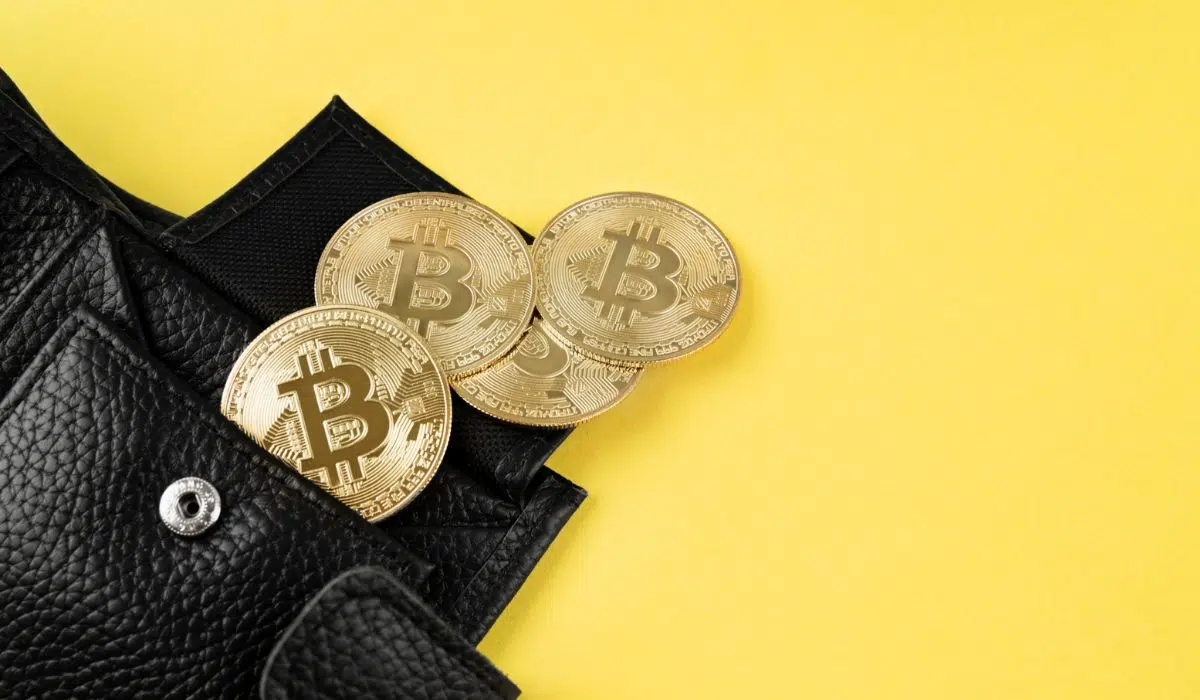In the Digital Landscape, Cryptocurrency scams are increasing, and thieves are using old and advanced methods to steal money. Losing access to a Crypto wallet is always a heartbreaking experience. Cryptocurrencies are decentralized, and unlike traditional banking systems, there is no major authority to contact for support.
Let us know more about the cryptocurrency wallet and the different methods to recover the wallet when it is lost.
Cryptocurrency Wallet
A cryptocurrency wallet is an app that functions similarly to a cryptocurrency wallet. Unlike physical items, cryptocurrency wallet stores the passkeys to sign for the cryptocurrency transaction and offers a platform that supports access to cryptocurrency. When analyzing the history of the cryptocurrency wallet, the first wallet was introduced by Satoshi Nakamoto, Bitcoin’s Developer, and the second wallet was launched by Hal Finney, an American software developer. At the time of crypto wallet development, sending cryptos was a manual task, and long keys were needed to enter them. Now, cryptocurrency wallets create the blockchain available to everyone, and the software does most of the tasks and makes the process simple and easier.

Different techniques to recover a lost cryptocurrency wallet
Cryptocurrency wallet recovery describes the process of attaining access to an inaccessible or lost wallet that holds the digital asset. The wallet doesn’t store cryptocurrencies themselves, but it recovers the access credentials that allow it to regulate and move the assets. The recovery of the cryptocurrency wallet is possible based on how the wallet was lost and the selection of the right recovery tools in place.
Let’s analyze the distinct methods to assist in the recovery of the cryptocurrency wallet.
1. Understand Wallet type and check for seed phrase
The First step is to comprehend which type of cryptocurrency wallet you are using. Mainly, cryptocurrency wallets are of two types: Cold wallets and Hot wallets. Hot wallets are online wallets attained through your web browser, computer, or smartphone, while cold wallets are hardware wallets that store private keys offline. Further, hot wallets are applicable for frequent transactions but are more exposed to hacks. Cold wallets, on the other hand, are more secure from online threats but need physical assets.
After identifying the wallet type, the next move is to check the wallet has backup files or seed phrases to avoid losing access. The recovery seed phare is provided during the creation stage of the wallet, and it is 12 or 24 words that act as a master key to the wallet recovery process.
The recovery using seed phrases is very easy, and the process includes steps such as installing wallet software, selecting “Restore Wallet,” clicking the seed phrase, and creating a new password. When this process is finished, the wallet should be restored, and access to cryptocurrency assets becomes easier.
2. Hardware wallet Recovery process
This hardware wallet recovery process is similar to the seed phrase method, and it comes with a recovery seed phrase that assists in storing the availability of the funds on a new device. The main advantage of this process is that we can utilize a new hardware wallet to store the cryptocurrency if we lose the wallet but still have the recovery seed phrase.
3. Verify the Password and Private Key
Whether you fail to recover your lost wallet by using a seed phrase, don’t lose hope you can recall it using a private key or password, where you can find the place of the stored data. The majority of individuals store their passwords and private keys in encrypted files or password managers. When you have written any keyword, the search will go through old documents, external storage drives, or email accounts where they might be stored.
4. Assistance from the wallet provider’s support team
You are not capable of recovering the wallet utilizing the backup techniques discussed above; the next step is to take assistance from experts or the wallet provider’s support team. It’s very significant to comprehend that various crypto services, mainly decentralized wallets, have restricted client assistance. Moreover, it might not be capable of help in recovering the wallet unless you prove ownership via a private key or recovery phrase.
Many cryptocurrency scams target people who are looking to recover a lost wallet. The major resolution for this scam issue is always be cautious when dealing with the third parties providing to assist recover lost wallets. Legitimate services never ask for private information; hence, do not share your personal data, seed phrases, or private keys with strangers. Each one needs to be suspicious of anyone providing recovery services to a wallet in exchange for fees.
Closing Thoughts
The cryptocurrency wallet’s lostness can be worrying, but effectively following the distinct recovery steps assists in recovering the lost wallet and restoring access to the funds. After progressively recovering the wallet, the individual needs to take some crucial steps, such as using a hardware wallet, activating two-factor authentication, and wallet backup to protect assets and prevent upcoming losses.

